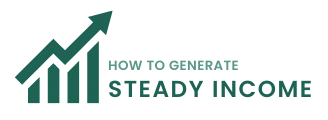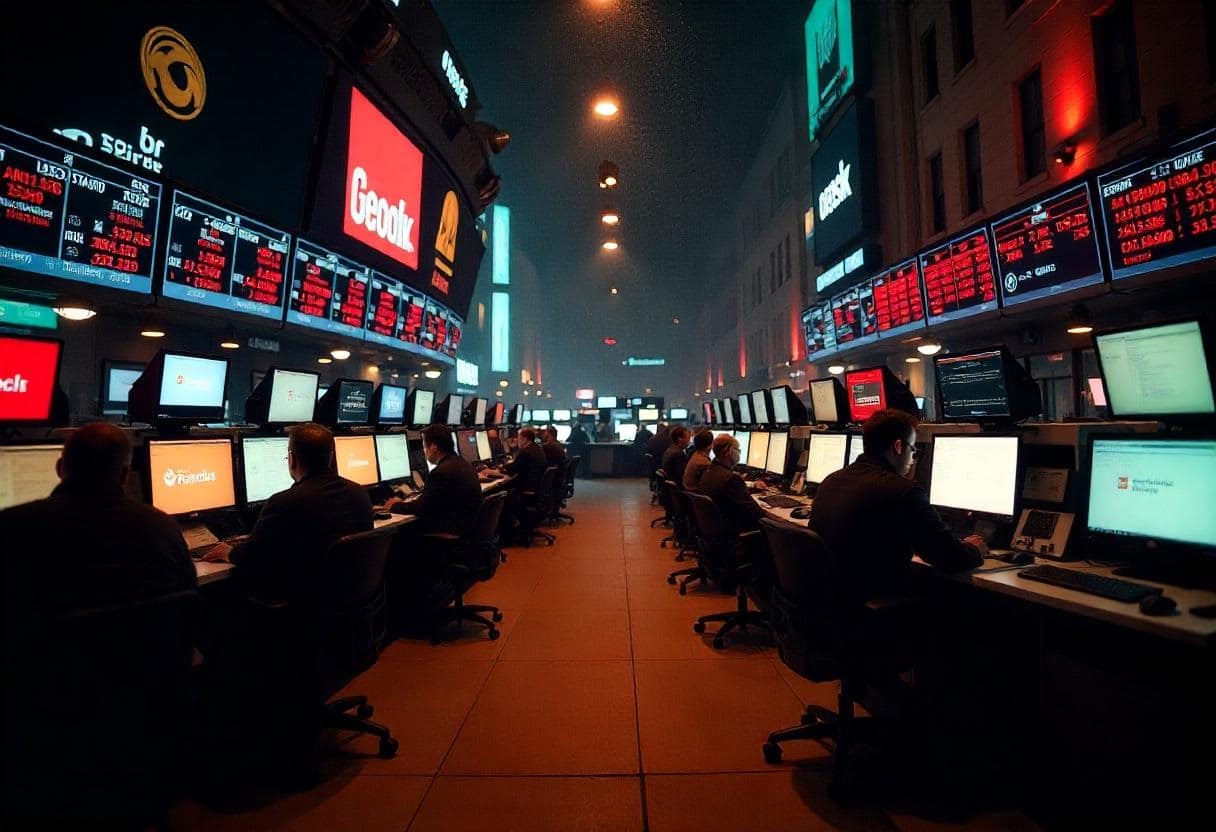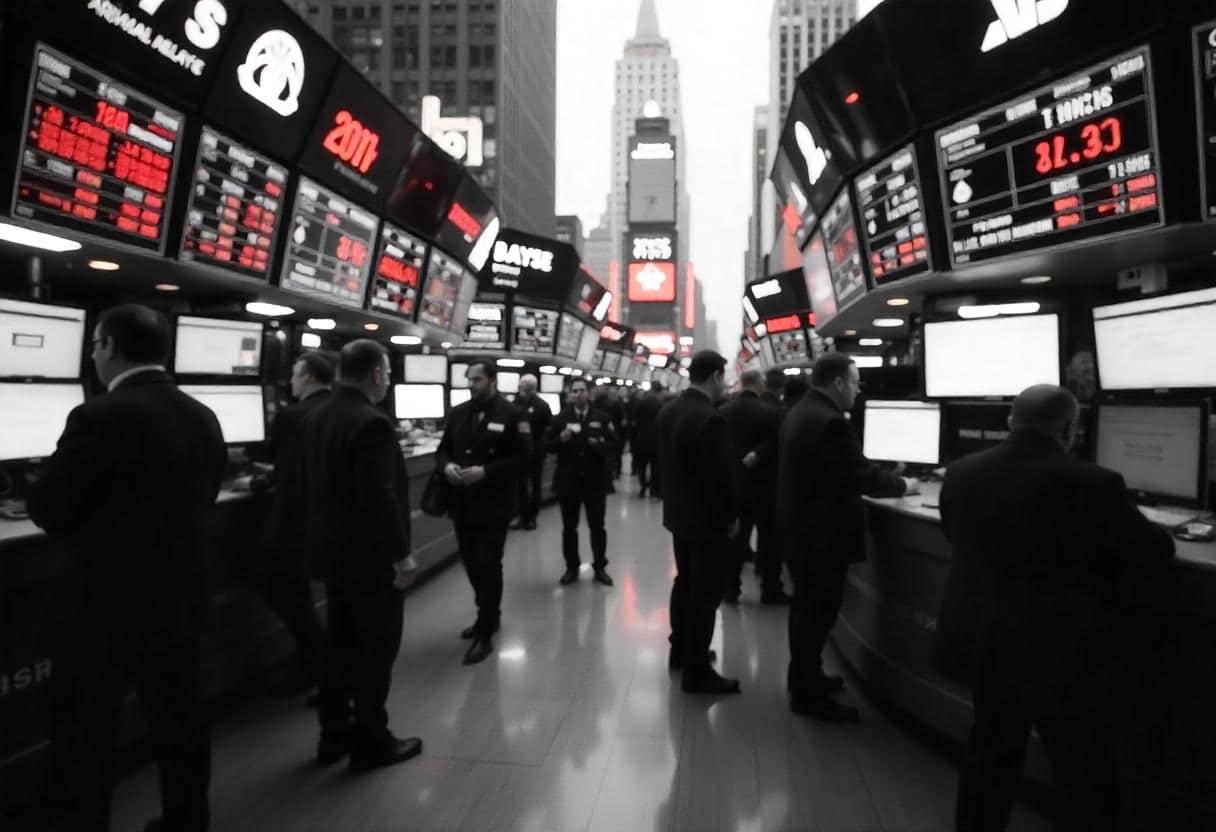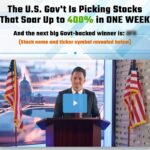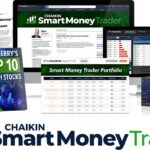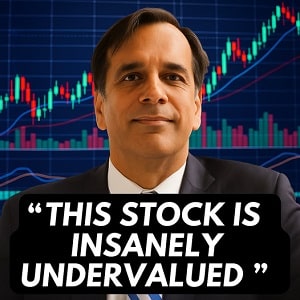Today’s market action has been nothing short of eventful, with several stocks making significant moves and catching the attention of market watchers. Below is a brief overview of the most notable stock performances, sector highlights, and key factors driving these moves.
Tech Startups
CoreWeave, Inc. (CRWV)
CoreWeave announced on Thursday that it priced its IPO shares at $40, raising $1.5 billion in what is the biggest U.S. tech offering since 2021. The company, which provides access to Nvidia graphics processing units for artificial intelligence training and workloads, originally aimed for a share price between $47 and $55—a range that could have valued it at around $26.5 billion. However, with the reduced offering of 37.5 million shares (down from the initially planned 49 million), the current valuation is closer to $19 billion.
The company boasts Microsoft as its biggest customer, with other notable clients including Meta, IBM, and Cohere. Just a week after filing to go public, CoreWeave secured a contract with OpenAI worth up to $11.9 billion over five years, which includes an agreement for OpenAI to purchase $350 million in CoreWeave stock. With these strategic moves, CoreWeave is positioning itself to compete with major public cloud infrastructure providers such as Amazon, Microsoft, and Google.
CoreWeave’s shares are set to begin trading on Nasdaq today under the ticker symbol “CRWV.” One of CoreWeave’s largest shareholders, Nvidia, is reportedly targeting a $250 million order at the $40 price point.
This IPO marks a significant milestone for tech startups and the venture capital market, coming after a period of subdued activity since early 2022 due to inflation and rising interest rates.
Other tech companies like Hinge Health, Klarna, and StubHub have recently filed for public offerings, while even Discord is reportedly preparing for an IPO.
Recommended:
 “A Crash of Epic Proportions Is Coming – Prepare Now”
“A Crash of Epic Proportions Is Coming – Prepare Now”
50-year stock market legend Marc Chaikin just revealed his “secret weapon”… along with a powerful, little-known strategy that could help you potentially lock in rapid returns – even as markets crumble. Marc says that in the coming months, you are going to need it. So if you have any money in the market, you need to see this now.
Retail
Lululemon Athletica Inc (LULU)
Lululemon Athletica’s fourth-quarter earnings exceeded expectations, but the stock fell on Thursday after the company’s financial guidance for fiscal 2025 disappointed investors. It is falling even lower Friday early trading hours.
The company’s annual revenue and profit outlook fell short of Wall Street estimates, partly due to a 20-basis-point hit from new tariffs imposed by U.S. President Donald Trump.
Lululemon joins other major companies like Walmart in warning that these fresh levies could hurt their business. CEO Calvin McDonald acknowledged that consumer spending has slowed amid inflation concerns and economic uncertainty, leading to weaker traffic across the U.S. retail sector in the first quarter.
Beyond tariff challenges, Lululemon has been grappling with slowing demand as its efforts to refresh its product lineup have struggled to compete with trendier brands like Alo Yoga and Vuori. The company expects fiscal 2025 revenue to be between $11.15 billion and $11.30 billion, slightly below analysts’ expectations of $11.31 billion. Annual diluted earnings per share are projected between $14.95 and $15.15, missing the average analyst estimate of $15.30 per share.
Comparable sales increased by 3% in the fourth quarter, falling short of the anticipated 4% rise, with sales in the Americas remaining flat. However, China was a bright spot, where comparable sales surged 26% year-over-year. Considering flat year-over-year performance in the Americas and rising inventories, the outlook for 2025 appears more challenging for Lululemon.
Basic Materials Sector
U.S. Steel Corp. (NYSE: X)
Shares of U.S. Steel surged nearly 5% on Thursday and continue to rise Friday morning after reports that Japan-based Nippon Steel is prepared to invest up to $7 billion in the American steelmaker in an effort to gain the approval of President Donald Trump for their pending merger.
The news comes as Nippon Steel seeks to address growing political concerns over foreign ownership of such a vital American industry, particularly in the context of national security and domestic manufacturing interests.
Just a reminder that Nippon Steel’s proposed $14.1 billion acquisition of U.S. Steel, announced in December 2023, has faced mounting opposition from U.S. lawmakers, union leaders who have all raised concerns about the deal’s potential impact on American jobs and the steel industry. The investment pledge is seen as a strategic move to allay these fears and demonstrate Nippon Steel’s commitment to maintaining U.S. Steel’s domestic operations while enhancing its capabilities through significant capital investment.
The news of Nippon Steel’s potential investment sparked optimism among investors. Analysts suggest that if the Japanese steel giant can successfully navigate political hurdles and secure Trump’s support, the merger could unlock significant value for shareholders while revitalizing U.S. Steel’s operations with much-needed capital.
While Nippon Steel’s willingness to invest heavily in U.S. Steel may improve the chances of obtaining regulatory and political approval, the path to closing the deal remains uncertain.
Eye Health Sector
Bausch + Lomb Corp (NYSE: BLCO)
Shares of Bausch + Lomb (NYSE: BLCO) dropped more than 6% early Friday after the eye health company announced a voluntary recall of certain implantable eye lenses due to reported complications. The recall, which was disclosed on Wednesday, raised concerns among investors about potential financial and reputational impacts on the company.
While the company has not provided specific details on the nature or extent of the complications, the move suggests a proactive approach to address safety concerns and mitigate potential harm to patients. Despite these efforts, the announcement triggered a sell-off in the company’s stock, reflecting heightened investor anxiety over the recall’s potential implications.
Adding to the pressure, Wells Fargo downgraded Bausch + Lomb’s stock in a note issued Thursday, citing uncertainty surrounding the recall. Analysts at Wells Fargo expressed caution about the possible financial and operational fallout, highlighting concerns about the impact on future sales and the company’s reputation in the highly competitive eye health sector. The downgrade further weighed on the stock, compounding the decline triggered by the recall news.
While Bausch + Lomb has taken swift action to address the issue, the recall raises questions about potential regulatory scrutiny, the timeline for resolving the problem, and the long-term impact on the company’s product line. Investors will likely be watching closely for further updates on the extent of the recall, any additional safety concerns, and how the company plans to address these challenges.
Recommended:
 Introducing a “Magic Calendar” for Stocks
Introducing a “Magic Calendar” for Stocks
You’re invited to beta test a powerful new calendar for today’s tricky market. It shows you when the biggest stock jumps could occur – to the DAY – with 83% backtested accuracy. In 2024 alone, it would’ve pointed to gains of 250% in 38 days on (TTWO)… 101% in 10 days on (WSM)… 353% in 48 days on (AON) and more in studies.
Try it yourself – right now – on 5,000 stocks.
U.S. Inflation Report
Market Open Lower on Friday as investors analyze the most recent U.S. Inflation Data. Shortly after market opened, the Dow Jones Industrial Average fell 122 points (0.3%), together with the S&P 500 dropping around 0.4%, while the Nasdaq Composite dipped nearly 0.7%. Investors reacted cautiously to the latest inflation report, which showed that consumer prices rose slightly more than expected 2.8% year-over-year vs. expected 2.7%. Consumer spending also increased by 0.4% for the month, falling just short of the 0.5% forecast, based on fresh data from the Bureau of Economic Analysis.
Keep In Mind
Today’s trading session has been a microcosm of the broader market trends—marked by slight drop of tech stocks and financial services and growing momentum in renewable energy and healthcare. As we continue to monitor the unfolding market dynamics, investors are encouraged to remain agile, make thorough research, and consider both short-term fluctuations and long-term trends when making investment decisions.
Stay tuned for more updates, and as always, keep an eye on your portfolios to navigate the evolving market landscape with confidence.
Happy trading!
Disclaimer: This article is for informational purposes only and does not constitute financial advice. Investing involves risk, and readers should consult a financial advisor before making any investment decisions.
FAQ: Market Highlights – March 28, 2025
What happened with CoreWeave’s IPO, and why is it significant?
CoreWeave priced its IPO at $40 per share, raising $1.5 billion and valuing the company at around $19 billion. This marks the biggest U.S. tech IPO since 2021. The company, which provides Nvidia GPUs for AI workloads, secured major clients like Microsoft and OpenAI, including a $11.9 billion contract with the latter. Its debut on Nasdaq under “CRWV” signals a revival in tech startup IPOs after a slow period due to inflation and rising interest rates.
Why did Lululemon’s stock drop despite strong Q4 earnings?
Lululemon’s stock fell after its fiscal 2025 guidance disappointed investors, projecting revenue of $11.15–$11.30 billion (below the $11.31 billion expected) and earnings per share of $14.95–$15.15 (below the $15.30 estimate). Factors include new U.S. tariffs, slowing consumer spending, flat sales in the Americas, and competition from brands like Alo Yoga and Vuori, despite a 26% sales surge in China.
What’s driving the surge in U.S. Steel’s stock price?
U.S. Steel’s shares rose nearly 5% after reports that Nippon Steel plans to invest up to $7 billion to gain President Trump’s approval for their $14.1 billion merger. This move addresses concerns about foreign ownership, jobs, and national security, boosting investor optimism about the deal’s potential to revitalize U.S. Steel with significant capital.
Why did Bausch + Lomb’s stock decline recently?
Bausch + Lomb’s stock dropped over 6% after announcing a voluntary recall of certain implantable eye lenses due to unspecified complications. The recall raised concerns about financial and reputational damage, worsened by a Wells Fargo downgrade citing uncertainty over sales and operational impacts in the competitive eye health sector.
How did the latest U.S. inflation report affect the markets?
Markets opened lower on Friday after the inflation report showed a 2.8% year-over-year rise in consumer prices (above the expected 2.7%) and a 0.4% increase in consumer spending (below the 0.5% forecast). The Dow fell 0.3%, the S&P 500 dropped 0.4%, and the Nasdaq dipped 0.7%, reflecting investor caution amid ongoing economic concerns.
Which sectors or companies are showing momentum right now?
Renewable energy and healthcare sectors are gaining momentum, while tech stocks and financial services saw a slight decline. Standouts include CoreWeave in tech startups and U.S. Steel in basic materials, though retail (Lululemon) and eye health (Bausch + Lomb) faced challenges.
Are more tech IPOs expected soon?
Yes, CoreWeave’s IPO may signal a trend, with companies like Hinge Health, Klarna, StubHub, and Discord reportedly preparing for public offerings, following a period of subdued activity in the venture capital market.
How are tariffs impacting companies like Lululemon?
New tariffs imposed by President Trump are adding pressure, with Lululemon citing a 20-basis-point hit to its outlook. Other companies like Walmart have also warned of potential business impacts, reflecting broader concerns about rising costs and consumer spending amid inflation.
What should investors keep in mind given today’s market trends?
Investors should stay agile, research thoroughly, and balance short-term fluctuations with long-term trends. Monitoring portfolio performance and staying updated on evolving market dynamics—like inflation, tariffs, and sector shifts—will be key to navigating this landscape confidently.
